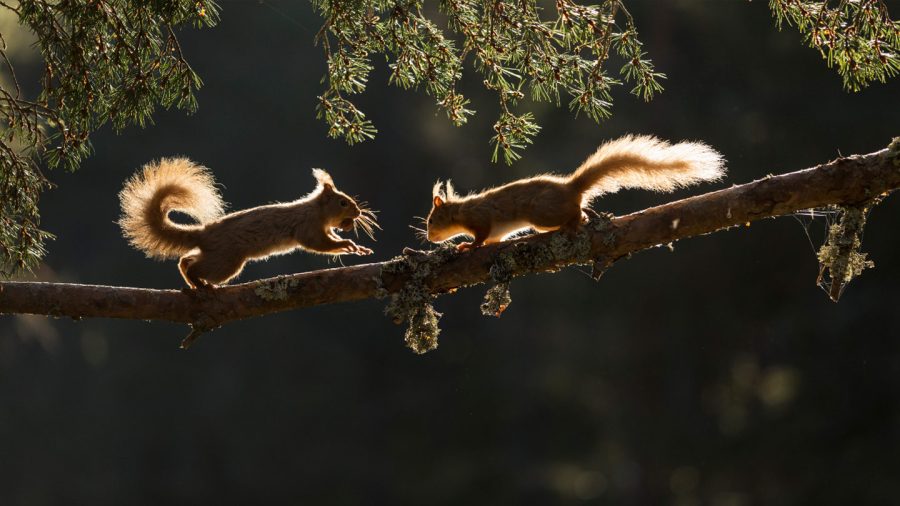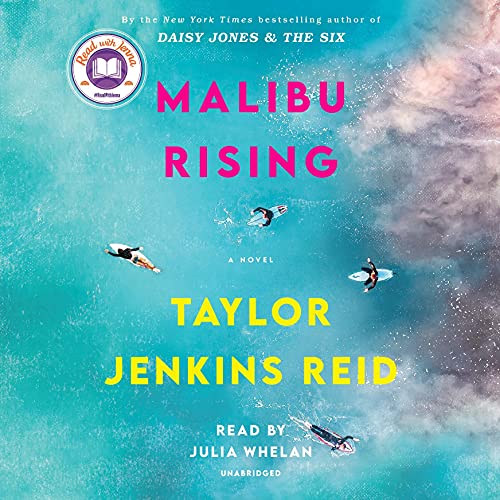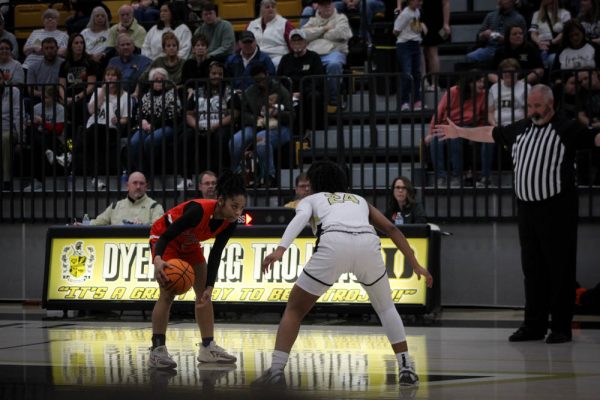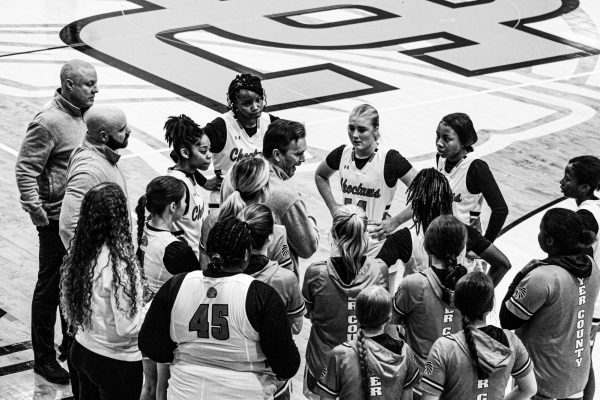Wildlife vs. Humans
January 20, 2023
Wildlife refers to undomesticated animal species, yet it has come to include all different types of organisms that grow or live wild in an area without being introduced by humans. Wildlife was also synonymous to game, those being birds and some mammals that were hunted for sport. Wildlife can be found in all ecosystems. Deserts, plains, grasslands, woodlands, forests, and other areas, even including the most developed urban areas, all have distinct forms of wildlife. While the term in popular culture usually refers to animals that are untouched by human factors, most scientists agree that much wildlife is affected by human activities. Some wildlife threaten human safety, health, property, and quality of life. However, many wild animals, even the dangerous ones, have value to human beings. This value might be economic, educational, or emotional in nature.
Humans have historically tended to separate civilization from wildlife in a number of ways, including the legal, social, and moral senses. Some animals, however, have adapted to suburban environments. This includes such animals as feral cats, dogs, mice, and rats. Some religions declare certain animals to be sacred, and in modern times, concern for the natural environment has provoked activists to protest against the exploitation of wildlife for human benefit or entertainment.
Global wildlife populations have decreased by 68% since 1970 as a result of human activity, particularly overconsumption, population growth, and intensive farming, according to a 2020 World Wildlife Fund’s Living Planet Report and the Zoological Society of London’s Living Planet Index measure, which is further evidence that humans have unleashed a sixth mass extinction event. According to CITES, it has been estimated that annually the international wildlife trade amounts to billions of dollars and it affects hundreds of millions of animal and plant specimens. Generally, humans and ‘wildlife’ can coexist with each other and in many cases end in forming a strong bond.













